Understanding dashboard warning lights in your Nissan Juke is essential for keeping you safe on the road, as they alert you to potential issues that could lead to accidents or breakdowns.
These lights help with timely vehicle maintenance by signaling problems early, which can prevent costly repairs and extend the car’s lifespan. By knowing what each light means, you can take quick action to address issues and ensure your drive remains smooth and secure.
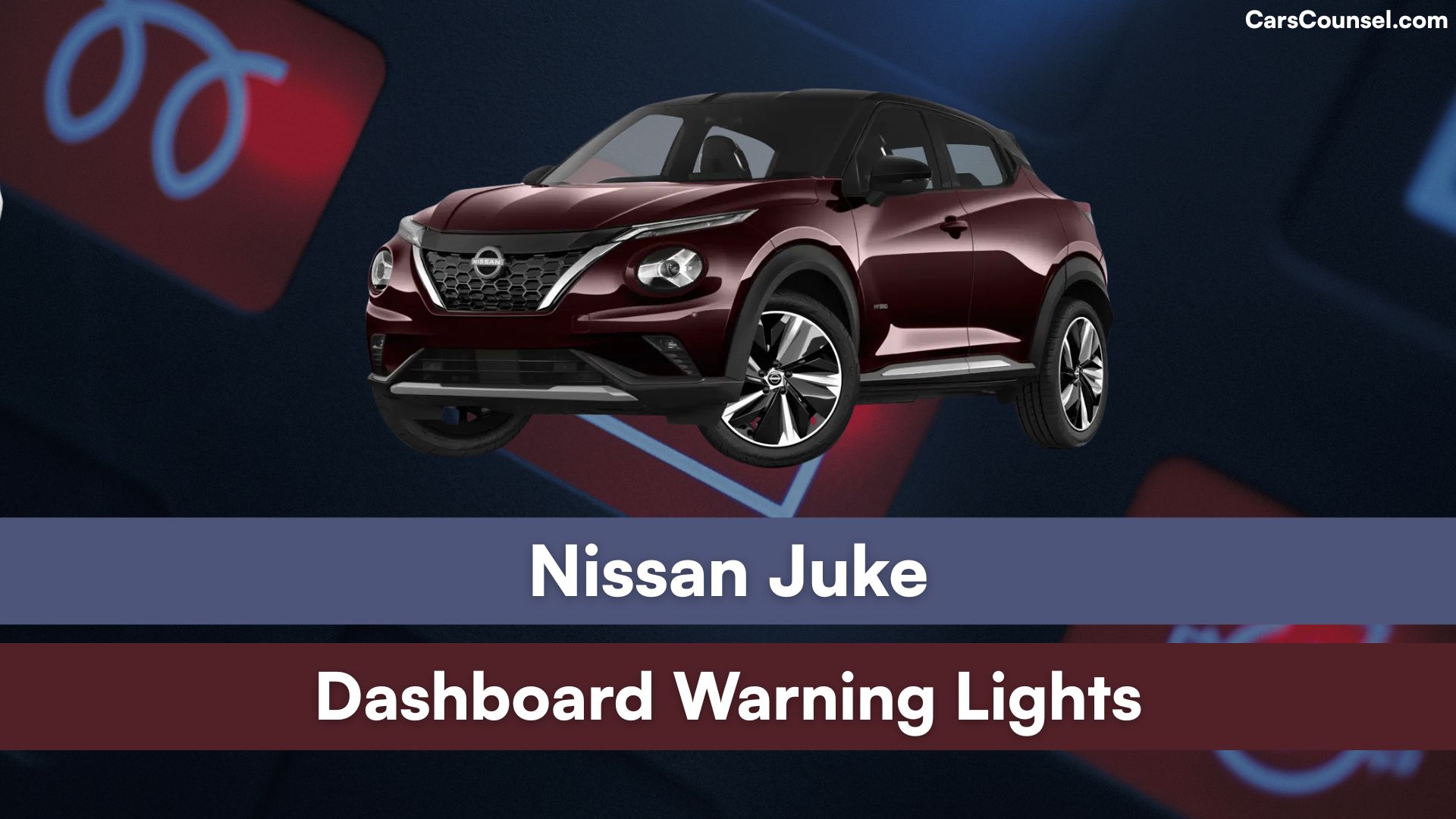
Quick Navigation
Red (Stop Immediately)
Engine Oil Pressure

This light signals low oil pressure, often due to leaks or pump failure. Stop the car right away, check the oil level, and add more if needed; do not drive until fixed to avoid engine damage.
Brake System
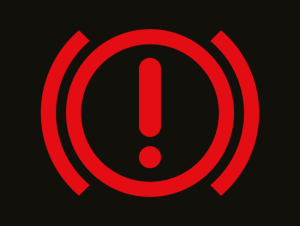
Indicates low brake fluid or a fault in the braking system. Pull over safely, check fluid levels, and call for help; avoid driving as brakes may fail.
Charge Warning
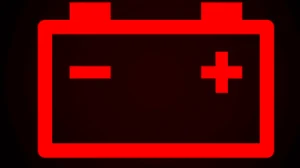
Shows the battery is not charging properly, possibly from alternator issues. Stop immediately, turn off non-essential electrics, and seek a mechanic to prevent stranding.
Electric Power Steering
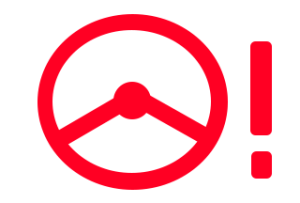
Alerts to a problem with power steering, making the wheel hard to turn. Stop driving, restart the car to reset, and visit a service center if it persists.
Engine Overheat
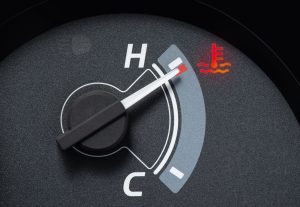
Means the engine is too hot, caused by low coolant or radiator problems. Pull over, let it cool, check coolant, and get professional help before continuing.
Supplemental Restraint System (Airbag)

Indicates an airbag system fault. Stop and have it inspected immediately, as airbags may not deploy in a crash.
Seatbelt Reminder
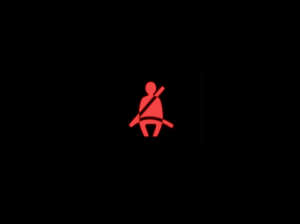
Flashes if the driver or passenger is not buckled up. Stop and fasten all seatbelts to ensure safety during travel.
Door Ajar
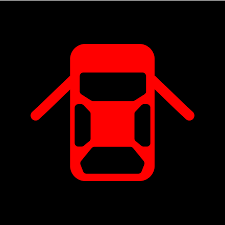
Signals an open door or trunk. Pull over, close all doors securely, and check latches to prevent accidents.
Hybrid System Warning (For Hybrid Models)
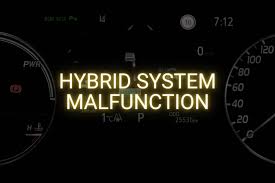
Points to a serious issue in the hybrid powertrain. Stop the vehicle, turn off the engine, and contact a dealer for diagnostics.
Master Warning
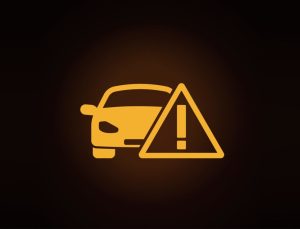
Appears with a message for critical faults like low fuel or system errors. Stop and read the display, then address the issue promptly.
Intelligent Emergency Braking Failure
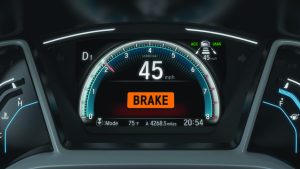
Means the automatic braking system is not working. Stop driving and get it serviced to restore collision avoidance.
Hands OFF Warning
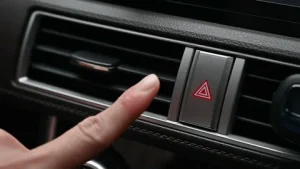
Indicates the hands-free driving assist is disengaged due to an error. Pull over, restart, and seek repair if needed.
Transmission Overheat
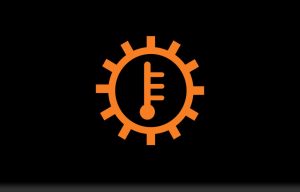
Warns of high transmission temperature. Stop, let it cool, and check fluid; service if the light stays on.
Yellow/Amber (Action Required Soon)
Anti-lock Braking System (ABS)
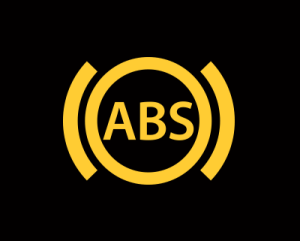
Signals a fault in the anti-lock brakes, which may not prevent wheel lockup. Drive carefully and visit a service center soon for repairs.
Low Tyre Pressure
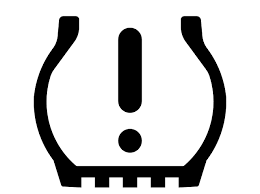
Indicates one or more tires have low air pressure. Check and inflate tires to the recommended level as soon as possible to avoid blowouts.
Check Engine
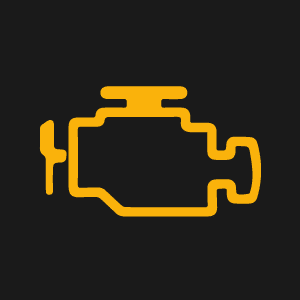
Means there’s an engine issue, like a sensor fault or emissions problem. Schedule a diagnostic scan at a garage without delay.
Glow Plug (Diesel Models)
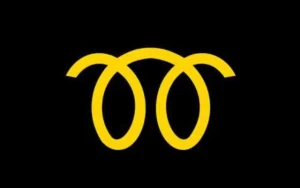
Lights up when pre-heating plugs for cold starts; if it stays on, it signals a fault. Wait for it to go off before starting, or get plugs checked.
Brake Fluid Low

Alerts to low brake fluid levels. Top up the fluid and inspect for leaks; see a mechanic if it recurs.
Diesel Particulate Filter (DPF)
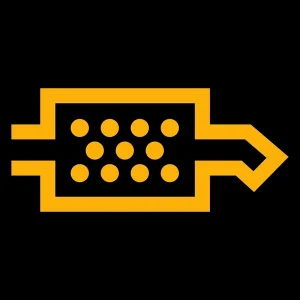
Shows the filter is clogged with soot. Drive at higher speeds to regenerate it, or visit a service center for cleaning.
Electronic Stability Programme (ESP)
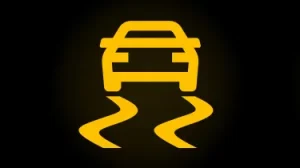
Means stability control is off or faulty. Turn it back on if possible, and have it checked to maintain vehicle control.
Transmission Fault

Signals an issue in the automatic transmission. Limit driving and get a diagnostic to prevent further damage.
Intelligent Driver Attention Alert
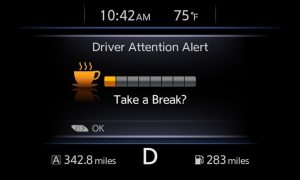
Warns if you’re showing signs of fatigue. Take a break soon and rest to stay alert while driving.
Lane Assist Warning
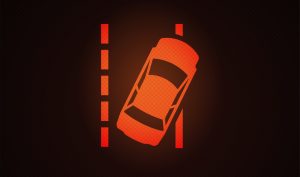
Indicates the lane-keeping system is malfunctioning. Recalibrate or service it to keep assisted steering.
Automatic Brake Hold Failure

Shows the hold feature isn’t working. Avoid relying on it and get it repaired for convenience.
Low Fuel
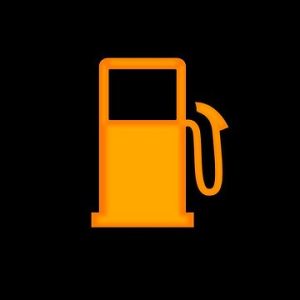
Reminds you fuel is low. Refuel at the next station to avoid running ou.
Green (Information Only)
Front Fog Light

Confirms front fog lights are on for better visibility in poor weather. Turn off when not needed to save bulbs.
High Beam Indicator

Shows high beam headlights are active. Switch to low beams when approaching other vehicles.
Side Light Indicator

Indicates parking or side lights are on. Use as needed for low-light conditions.
Dipped Beam Indicator
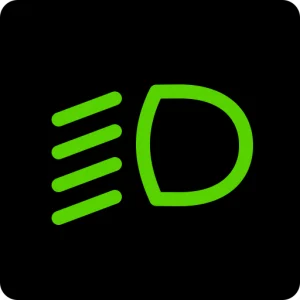
Means low beam headlights are in use. No action required unless adjusting.
Rear Fog Light
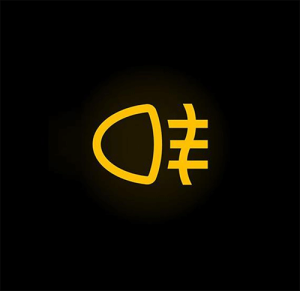
Confirms rear fog light is activated. Turn off in clear conditions to avoid blinding others.
Turn Signal/Hazard
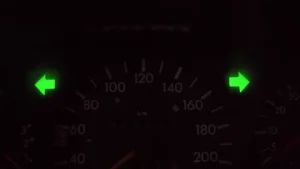
Blinks when indicators or hazards are on. Ensure they turn off after use.
Eco Mode
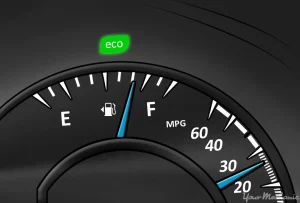
Shows eco driving mode is engaged for better fuel efficiency. Switch modes as preferred.
Stop/Start System
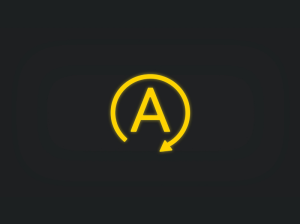
Indicates the engine auto-stop feature is active. It will restart when you press the accelerator.
Hill Start Assist
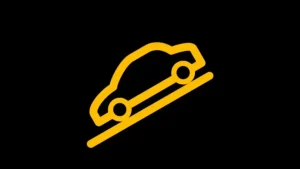
Confirms the system is helping prevent rollback on hills. No action needed.
Cruise Control
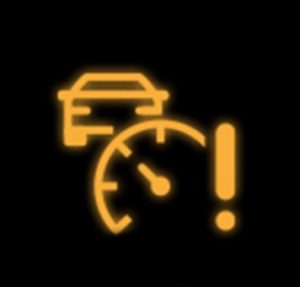
Confirms cruise control is set. Adjust speed or turn off when desired.
When looking at Nissan, make sure to check out our guides on models like the Nissan Navara and Nissan Frontier, Nissan Pathfinder, Nissan Murano, and Nissan Qashqai. Understanding dashboard warning lights is essential. Our expert reviews break down what each light means, highlighting common alerts for these models and what they could signal about underlying issues, so you’re never left guessing behind the wheel.

